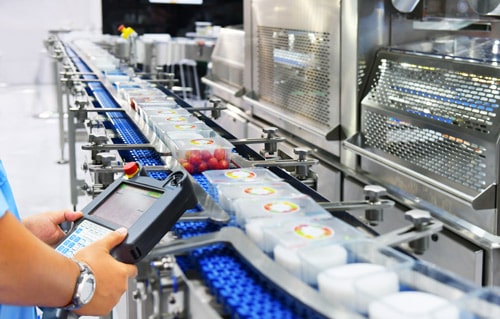In today’s business environment, where everything moves rapidly, product packaging is critical to any product’s success. Packaging can serve as both a protective covering and a tool for branding and advertising. Packaging products with precision and consistency are essential for customers to be satisfied and for a company to remain competitive. Automated packaging equipment can help you achieve this goal with its many benefits.
Automated Packaging: An Overview
Automated packaging equipment represents a significant technological advance in the manufacturing industry. The packaging industry is a vast field of machinery, systems and equipment designed to streamline the process. These machines can be used for filling, labelling, capping, and palletizing.
Precision Packaging: The Benefits
- Consistency & Quality Assurance: Packaging precision assures that all products are packaged the same way each time. It is important to maintain consistency in products used by industries with high quality and safety standards, such as electronics, food and pharmaceuticals. Automated Packaging Equipment eliminates the human variable often associated with manual packaging, reducing errors and defects.
- Cost efficiency: While initial investments in automated packaging machines may seem high, the cost savings on a long-term basis are significant. Precision packaging reduces product recalls, rework and material waste. Automatic equipment can be operated continuously, which increases throughput.
- Increased Productivity. Automated packaging equipment can run continuously and without breaks. This continuous operation has a significant impact on productivity compared to manual labour. Automated machinery can accomplish tasks much faster.
- Flexibility and Customization: Unlike the myth that automation limits flexibility and customization, modern automated equipment is highly adaptable. It is capable of accommodating a variety of product shapes, sizes, and packaging. Quick-change capabilities allow manufacturers and businesses to switch between product variants easily.
- Enhanced Safety: Automated Packaging Equipment is designed with safety measures to protect operators and the product. Safety features such as sensors, interlocks, and guards ensure the equipment works safely and reduce the chances of accidents. Automated systems also minimize the exposure of harmful substances by handling hazardous material.
- Improved Branding and Aesthetics: More precise Packaging can improve branding and aesthetics. Automated machinery can ensure that labels align perfectly, packages seal uniformly, and the presentation of products is always attractive. This attention enhances the branding and aesthetics of the product. It can have a positive effect on the consumer’s perception.
- Compliance with Regulatory Standards: Precision packaging is critical to meet strict standards in industries where quality and safety are strictly controlled, such as in the pharmaceutical and food industries. Automated Packaging Equipment can be set up to comply with regulations and ensure that products are packed accurately and according to industry guidelines.
- Reduced Environmental Impact: Precision packaging helps reduce waste material, aligning with sustainability goals. The required packaging material is reduced, and automated equipment allows optimal material use. This reduction of waste benefits both the environment and packaging costs.
Conclusion
Automated packing equipment is the cornerstone of modern manufacturing and package industries. And it’s not hard to see why. Packaging precision’s benefits include consistency, cost savings, increased productivity, enhanced safety, and more. Automatic equipment is essential for businesses that wish to remain competitive because of its ability to adapt and conform to various product lines.
